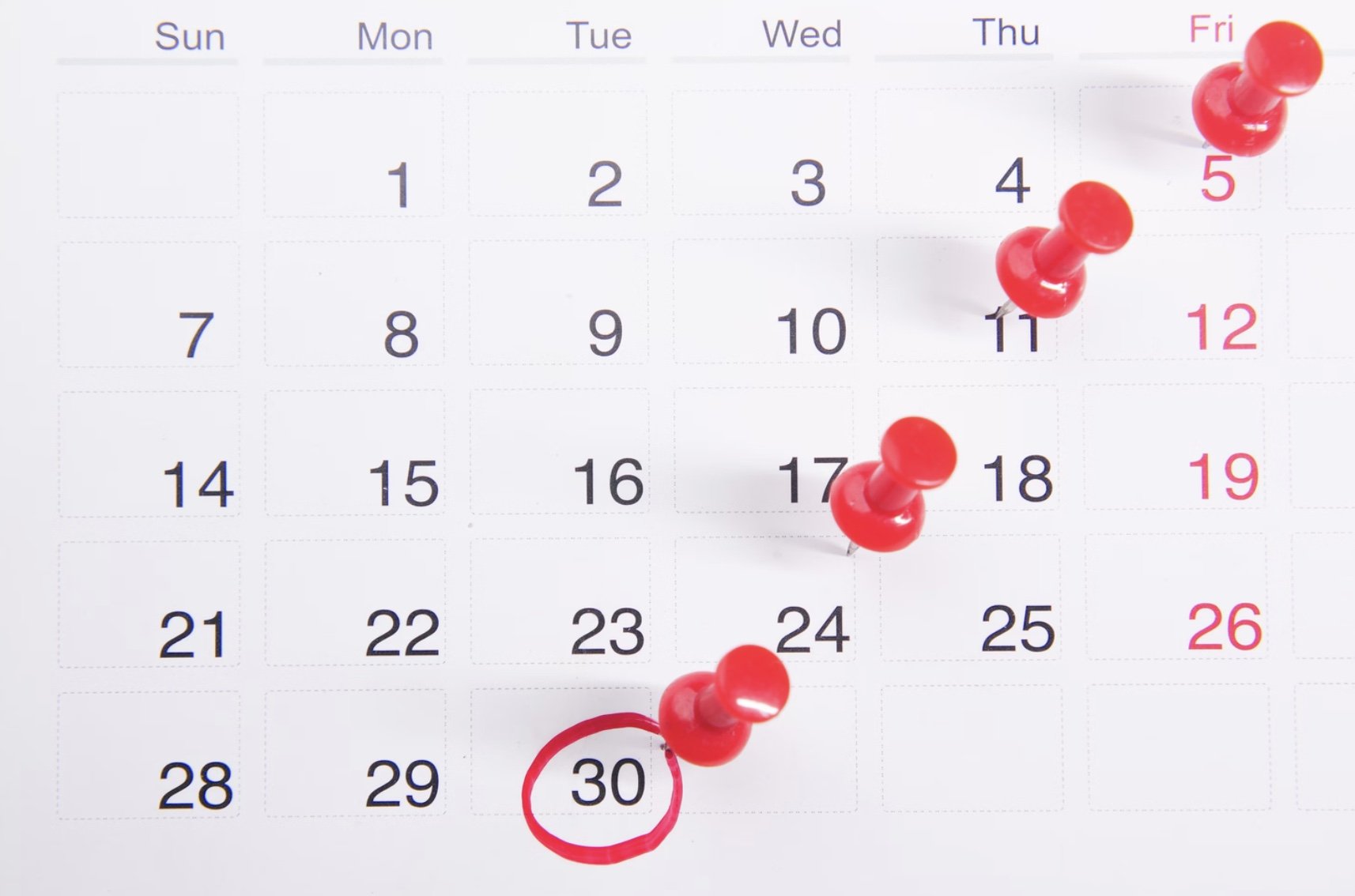Recovery.
If you are an active person, this should be a word that you have increasingly heard over the last few years, if not over the last decade. This is not a new trend; this is not something that will go away anytime soon … at least in our lifetime.
Recovery has certainly evolved into something more than just stretching or a “rest day” between activities. With the new information scientists have gained over recent years about the muscular system, central nervous system, and multiple additional metabolic systems, it has been determined that not only are we grossly missing the mark on how often we should be doing some form of recovery work, but also misunderstanding what recovery really means and includes.
When we think of recovery it’s not uncommon to think back to the glory days when we were in competitive sports and recollecting the practices that were spent with a proper warm up, stretches, skills and drills, and finished up with a cool down; maybe an ice pack or two were tossed in there, or someone met with the trainer to get their ankles wrapped before practice. Nonetheless, many people still think they need to be a sponsored athlete, marathoner, or bodybuilder to mandate some recovery work in their weekly training plan - and for that reason, many are mistaken and many experience injury or burnout on some level.
We as humans are designed to be active and on the move more often than we are with the way our world currently works and in the jobs we go to every day. Because of our lifestyles, many are finding ways to get more active whether it’s at a fitness center, our basement workout spaces, the community center, a recreational league that meets on Wednesday nights, or simply going to the local park to get outside. No matter the pathway, we’re going from sedentary to active and we’re missing out on the important steps in a proper warm up and stretch before our activity, and we’re certainly missing out on proper cool downs.
I want you to envision the human skeleton in front of you, much like the one you saw in science class hanging from the stand it was on. Bones are meant to be strong and densely packed, made up of Osteocytes (and other types of bone cells that aid in growth and management). Now layer on the muscles you are familiar with from seeing in biology and human anatomy books. Without the skeleton, the muscles and connective tissues would be a pile of mush on the floor. The human skeleton provides form and allows movement to exist within a range of motion that the muscles support. Muscles are designed to lengthen and contract with every movement, whether we think of it or not. Something as simple as blinking our eyes involves many muscles - some are contracting to draw the eyelid down, and some are relaxing to allow the eyelid to move down. Muscles work synergistically together to complete all kinds of daily autonomic and intentional movement. Now take that train of thought and apply it to exercise and sports.
When we are exercising, we are repeatedly contracting and lengthening muscles. For some activities we are doing this for 30 seconds upwards of 2 minutes, such as in weight lifting or in group fitness classes. Some activities require repetition for longer periods of time like a cycling class, a walk, run or sport like Pickleball which can be for 30-60 minutes or longer. During exercise in a less complex explanation, we start to fatigue the muscles and create micro-tears in the muscle fibers – this is not the same as if someone were to have strained or fully torn a muscle. These micro tears allow inflammation to migrate into the tissue, which is what causes the muscle soreness you may experience for 1-3 days after a moderate-to-intense activity also called DOMS (Delayed-Onset Muscle Soreness). The best way to work through DOMS and rebound faster is implementing a proper recovery protocol, post-exercise and between days of activity.
Now that we’ve laid a solid foundation of knowledge, we can start to build into understanding why recovery work is so important and why it has become such a common speaking point for many in the world of health and wellness.
1) Recovery work helps move inflammation out of the muscle tissues faster, which allows those micro-tears to heal faster and in turn, reduce soreness.
2) Recovery work does not have to mean you are just getting on a foam roller, signing up for a Yoga class, or stretching on the mat.
3) People of all ages, stages and expertise should be doing some type of recovery work at least twice a week. This is to help reduce the risk of injuries and allow you to stay active, longer.
What are the types of recovery you can start to consider?
- Stretching/Foam Rolling. I know. I said it doesn’t have to be just this; however, for some, this is a great option to consider if your flexibility is really poor or you’ve noticed your ability to do certain movements has become more challenging. For example, bending over to tie your shoe has become increasingly more difficult or you notice you struggle with your backswing when playing golf.
- Yoga. If you don’t know where to start with stretching and just feel like you need someone to guide you and meet you where you’re at – consider a guided Yoga class for beginners. Not sure what classes are for beginners? Ask! Yoga is wonderful for improving range of motion, flexibility, balance, core strength, and mental health – it’s also really easy to injure yourself if you end up in a class that is more advanced than what you are ready for. Consider also arriving a few minutes early so you can talk with the instructor, let them know of any limitations or needs so that they can help provide modifications during class.
- Pilates. Many Professional Athletes use Pilates, Barre, Yoga and even dance classes as active recovery between practices and lifting days. Similar to Yoga, for anyone new to Pilates, make sure you are working with a Certified Pilates Instructor that can meet you where you are starting at, understand your needs and limitations, and also give you that little extra push to help you improve over time. Pilates works deeper into core strength, while improving mobility, flexibility, posture and increasing muscle tone.
- Sauna. I like to tease that this is part of the ‘Corporate Exec Workout’ – truly the use of dry (or wet) saunas are so beneficial for our respiratory system, muscular system and nervous system. Yes, saunas have also been shown to be wonderful for skin health – so if you’re looking for another reason to consider sauna therapy, great skin is a solid reason! While saunas can feel a bit intense because they are so uncomfortably warm, saunas help increase blood circulation throughout the body, which in turn does increase the sweat factory (which is where the benefits for your skin come into play), and due to the increase in blood flow, you are able to deliver more water and nutrients to your muscles to flush out inflammation faster and increase recovery time.
- Cold plunges. Similar to heat therapy with the use of saunas, cold plunges have become more popularized over the last few years. Cold plunges will not draw more blood to the muscles to improve circulation and flushing; however, they will quickly help move inflammation out of the muscle tissues faster. Think back to a time that you sprained or twisted your ankle funny and you noticed it was swollen. What did you do? Put ice on it. Why? To help reduce the swelling. Cold plunges do the same thing … but on a larger scale. You should not exceed being in a cold plunge for more than 1-3 minutes if you are just starting, hypothermia is a serious condition you can develop quickly, so be very certain you know what you are doing and follow instructions exactly as they are specified.
- Percussion Devices. These have become more common and what once were only accessible if you were at a fitness center or an athlete, are now widely available for purchase online and in stores. There are many brands with different tools and applicator tips for various muscle groups. Percussion devices help draw blood to an area of the body where it is applied to help in the recovery process. These are commonly used post-workout and in between days for muscle soreness. They are easy to use and can be quite powerful if you apply too much pressure, so be cautious to not go in thinking “no pain, no gain”.
- Compression sleeves. Companies have started making products that are filled with air and create compression patterns to help move blood and help flush out inflammation through various body parts. Common sleeves are fitted for the feet, legs, hands, and arms; however, there are sleeves specific for the shoulders and hips as well. These come fully equipped with everything you’d need including the machine to program the duration, compression and pattern. They are a more expensive option to consider unless you have access to some with a trainer or fitness center. If you are new to using them, I recommend that you become familiar with someone who knows how to set them up and program appropriately.
- Epsom salt baths. If you are not sold on being in a “hot box” for 10-15 minutes, consider an Epsom salt bath. Epsom salt is packed with important minerals for recovery including magnesium. Make sure you draw a warm bath, relax, and recover for a minimum of 20 minutes. I personally prefer longer, but to each their own!
Recovery comes in many shapes and forms. There are situations where adding in extra recovery work may be necessary. For example:
1. You had a long and/or moderate-intense workout that day. I usually say anything involving 30 minutes or more of moderate-intense exercise or 60+ minutes of low-moderate exercise should require some added recovery post-workout.
2. You have a schedule built out with 3-5 days of moderate-intense activity and no plans for recovery work. These individuals typically are the people I see most with injuries, even if it is a minor strain or something more major such as a sprain or tear.
3. Training for an event. You have a plan in place, you structure your work week to make sure you dedicate the time needed to train. You are even making more efforts in cleaning up your eating habits. One day of recovery work is not going to be enough. At a minimum, stretching/rolling daily PLUS 1-2 days of recovery work like Yoga or light walking. For more intense training days, make sure you do heat therapy or cold plunge to accelerate recovery.
4. You have a lower-impact exercise hobby, such as biking or walking. You enjoy going 5-6 days a week. You may not require intense recovery work like some listed above, but do not neglect the importance of daily stretching! Repetitive activities like walking or cycling leads to tight calves and hips which can start to pull on joints like your ankles, knees, hips and even irritate lower backs. Consider stretching before and after your activity so you can feel and move your best with minimal to no joint stiffness.
Recovery does not need to be complicated. It certainly can be more elaborate if you want or need it to be. I do recommend picking one or two things you can start doing TODAY – they should be simple enough that it does not require you to do too much research, or join a fitness center, or go way above and beyond what you have access to. Start small, make sure there is some structure to the timing of your recovery work, and most importantly – be consistent. When you are feeling your best, is when your recovery work is the most necessary! Stay healthy and keep moving!








